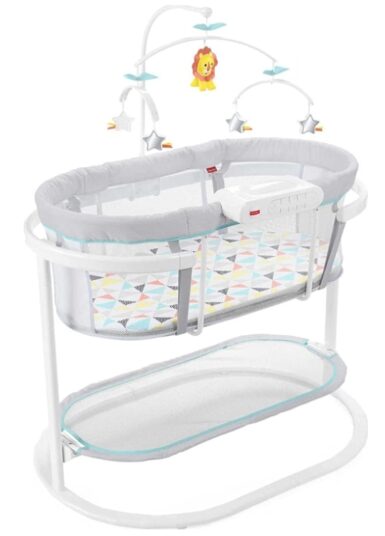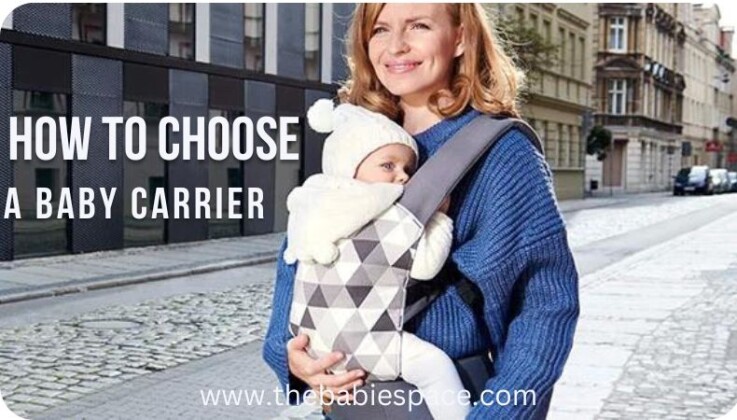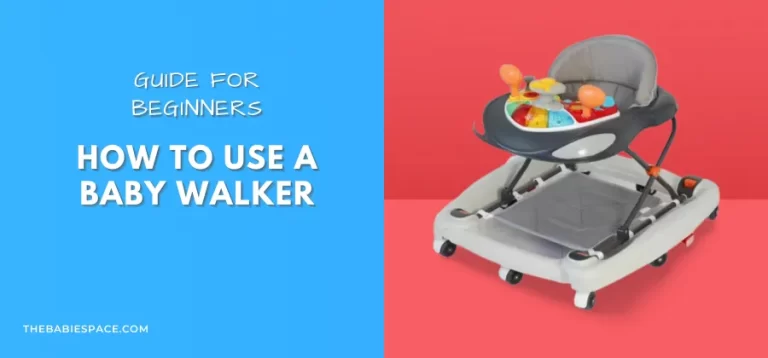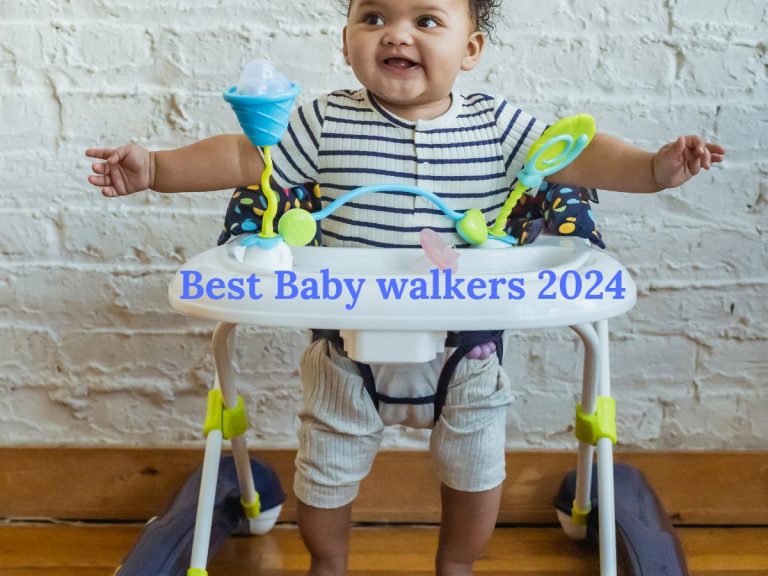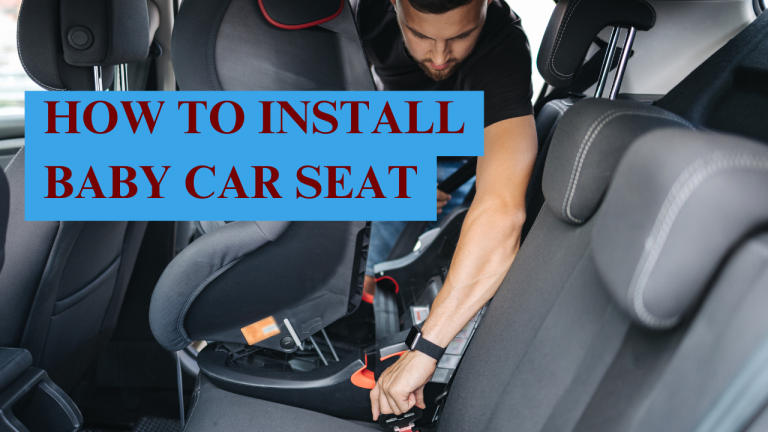How To Choose The Right Infant Car Seat and Stroller

Last updated on August 6th, 2025 at 04:24 pm
Choosing the right car seat is crucial for the safety of a child while traveling. In this blog post we’ll let you know the complete guide how to choose the right infant car seat and stroller. Convertible baby car seats offer a practical solution, adapting as a child grows from infancy through toddlerhood. These seats can typically be used in both rear-facing and forward-facing positions, making them a long-lasting investment for families.
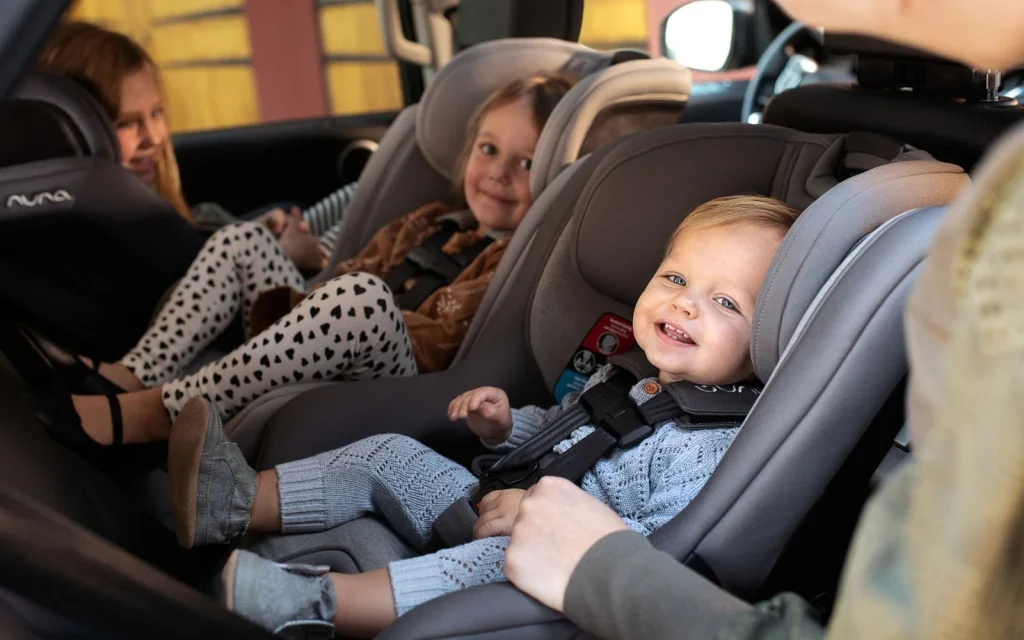
Parents often wonder about the advantages of convertible car seats compared to infant seats. Many studies suggest that convertible seats are generally safer for children aged one and older during crashes. They not only fit children for a more extended period but also provide enhanced protection in various crash scenarios.
As families navigate the world of baby gear, understanding the features and benefits of convertible car seats is essential. Interested parents will find that these seats combine safety, convenience, and value, ensuring that children are safely secured in the vehicle for years to come.
Understanding Convertible Car Seats
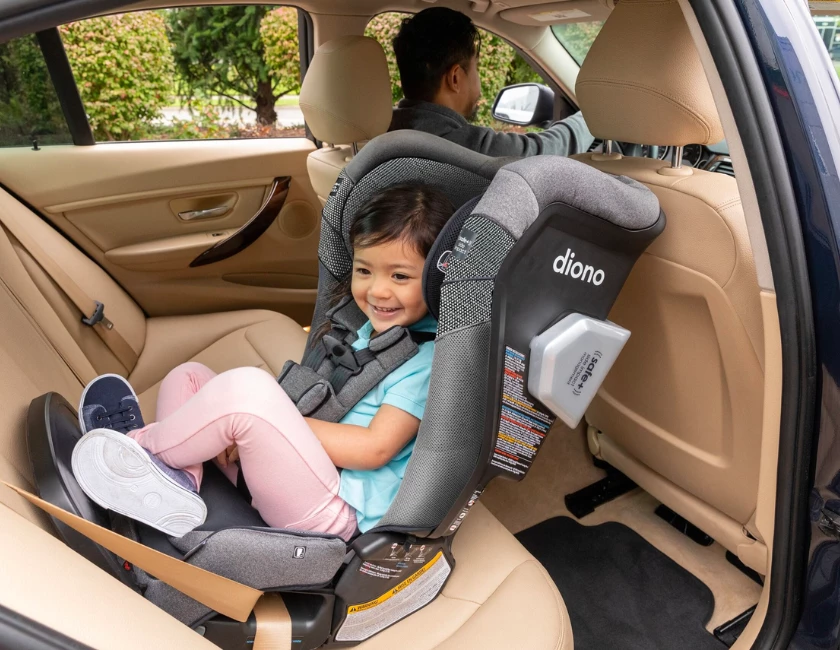
Convertible car seats provide a versatile solution for parents when it comes to child safety during travel. They are designed to adapt as a child grows, combining features that cater to various stages of development.
Definition and Purpose
A convertible car seat is a type of child safety seat that can be used in two ways: rear-facing and forward-facing. In the rear-facing position, it is suitable for infants and young toddlers, providing essential protection for their head, neck, and spine during a crash.
Once the child exceeds the weight or height limit for rear-facing, the seat can be converted for forward-facing use. This option is ideal for older children, typically from two years up to around four years or until they outgrow the manufacturer’s height and weight limits.
Convertible seats are designed to comply with safety standards. They often come with multiple safety features such as side-impact protection, harness systems, and energy-absorbing materials.
Types of Convertible Seats
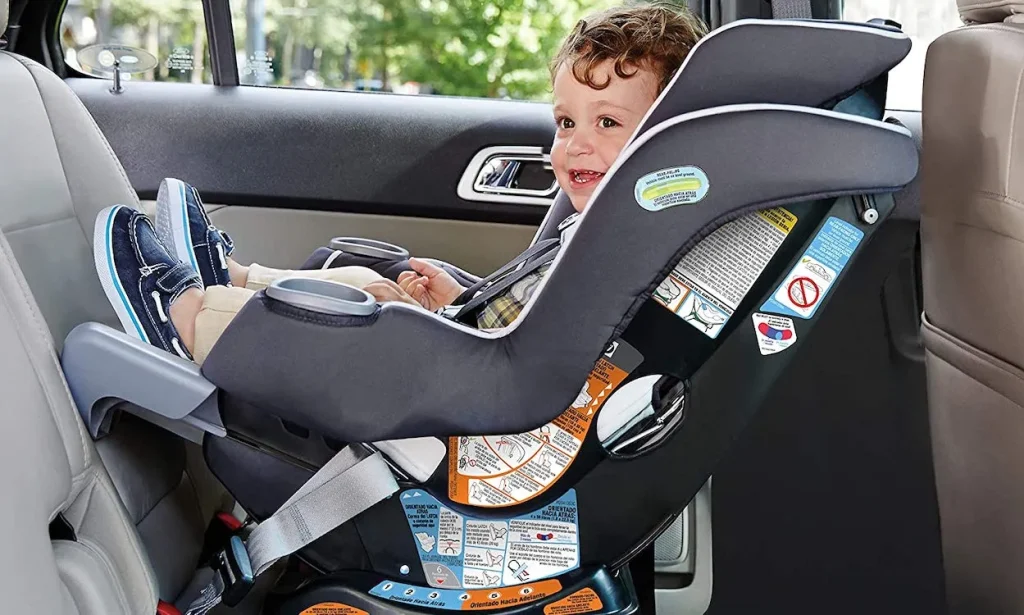
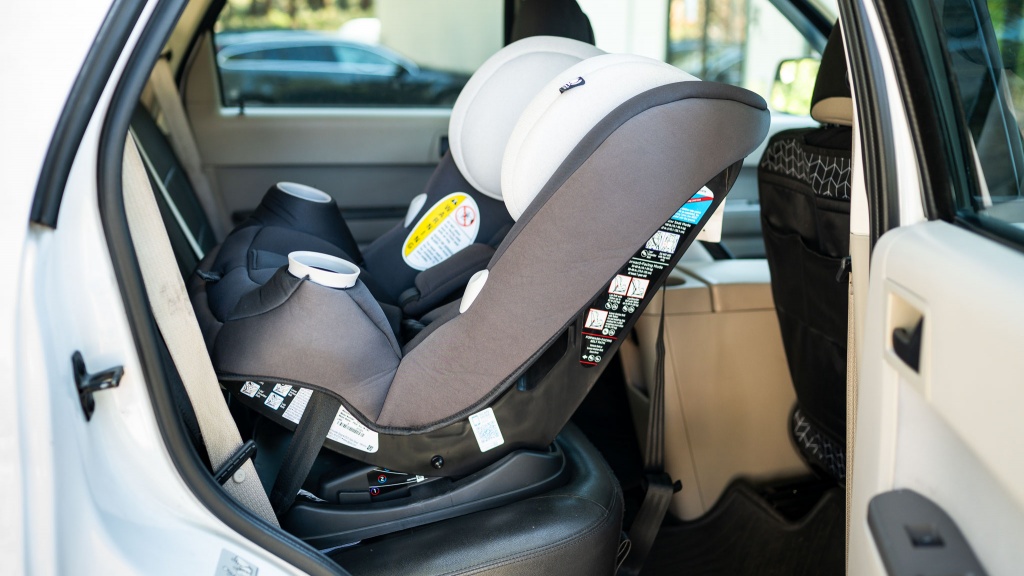
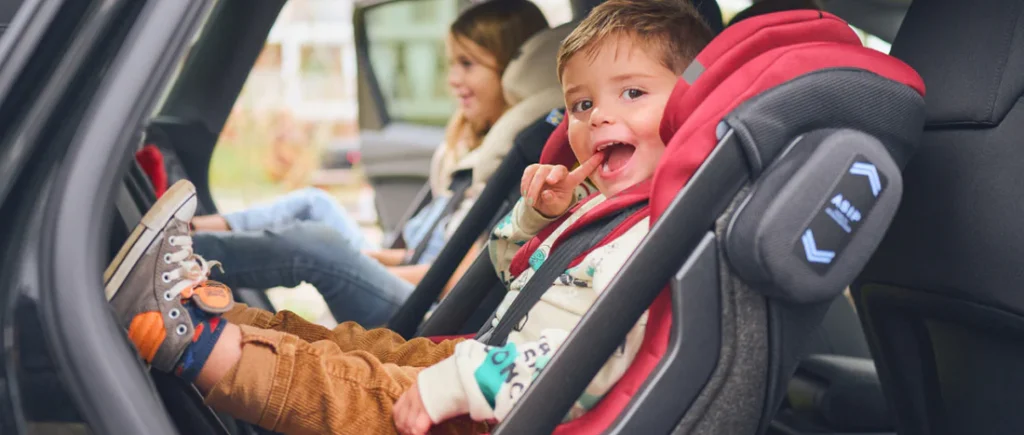
There are different types of convertible car seats that cater to various needs. Here are the main types:
- Traditional Convertible Seats:
- These can be used both rear-facing and forward-facing.
- They often have higher weight limits for rear-facing.
- All-in-One Car Seats:
- These serve as a rear-facing seat, forward-facing seat, and booster seat all in one.
- They offer a long-term solution as children grow.
- Extended Rear-Facing Seats:
- These seats allow for extended use in the rear-facing position, often up to 50 pounds.
- They provide added safety for children during their early years.
Choosing the right type of convertible seat is important for ensuring safety and comfort while traveling. Parents should always follow the manufacturer’s guidelines regarding installation and usage.
Safety Standards and Regulations

Safety is crucial when it comes to convertible baby car seats. Understanding the standards and regulations can help parents make informed choices that protect their children during travel. The following sections will detail federal safety standards and important installation guidelines.
Federal Safety Standards
Convertible car seats must meet federal safety standards set by the National Highway Traffic Safety Administration (NHTSA). These standards ensure that car seats provide adequate protection during a crash.
Manufacturers must conform to the Federal Motor Vehicle Safety Standard 213. This includes rigorous crash testing to verify the product’s safety. Additionally, car seat labels must include weight and height limits to guide parents.
Car seats should display a certification label confirming compliance with safety regulations. Parents must check for the most recent recalls to ensure their child’s seat meets updated safety requirements. Regular checks can keep car seats safe and effective.
Installation Guidelines
Proper installation is essential for maximizing the safety of convertible car seats. Parents should read the instruction manual that comes with the car seat. It contains specific steps tailored for that model.
Many car seats can be installed using either the seatbelt or the Lower Anchors and Tethers for Children (LATCH) system. LATCH provides additional security by using anchors built into the vehicle. Parents must ensure that the car seat is tight and does not move more than one inch side-to-side.
It is also important to position the car seat in the back seat, which is generally the safest location for children. Convertible car seats should always be installed in the rear-facing position for infants under 2 years old or until they reach the seat’s height and weight limits.
Selecting the Right Convertible Car Seat
Choosing the right convertible car seat is essential for safety and comfort. Parents need to consider both weight and height limits alongside important features for their child’s specific needs.
Weight and Height Limits
Convertible car seats typically have specific weight and height limits. Most seats accommodate children from 5 to 40 pounds in rear-facing mode. The forward-facing mode often supports children up to 65 pounds or more.
It is crucial to check both limits before making a purchase. Some car seats offer extended rear-facing capabilities, which is recommended for safety. Parents should ensure the seat fits their vehicle and can be installed correctly.
They should also review the seat’s manual for guidance on safety regulations and proper use. Each car seat has its own specifications, making it vital to compare options.
Car Seat Features to Consider
When selecting a convertible car seat, several features should be taken into account. Look for a five-point harness system, as it offers the best protection for young children.
Safety features such as anti-rebound bars and steel-reinforced frames help increase stability during a crash. Ease of installation is another important factor. A seat with an easy-to-follow guide or built-in indicators can simplify the process.
Parents should also consider the car seat’s fabric. Removable and washable covers can make maintenance much easier. Additionally, check for safety certifications to ensure compliance with federal regulations.
Prioritizing these features can lead to a safer and more comfortable ride for the child.
Installation Tips and Best Practices
Installing a convertible baby car seat correctly is crucial for safety. Proper preparation and securing techniques help ensure that the seat functions as intended during travel.
Preparing for Installation
Before installation, it is essential to gather all necessary materials. This includes the car seat, vehicle manual, and car seat manual. Understanding the specific vehicle and car seat recommendations will make the process smoother.
Next, choose the right location in the vehicle. The back seat is the safest spot, preferably in the middle. If that is not feasible, position the seat behind the driver’s or passenger’s seat.
Ensure the car seat is compatible with the vehicle. Check for LATCH anchors or use a seatbelt. It is also ideal to adjust the front seats to create enough working space.
Here is a step by step Guide on How to Install a Convertible Car Seat:
Securing the Car Seat
Once the position is set, it’s time to secure the car seat. Start by placing it in the chosen spot and tilting it at the appropriate angle according to the manual. Generally, a rear-facing seat should be at a 30-45 degree angle.
Use either the LATCH system or the seatbelt. If using LATCH, clip the anchors into place and ensure they are tight. For the seatbelt method, thread the belt through the appropriate path and buckle it. Then, pull the belt to remove any slack.
Finally, perform the “shake test.” Grasp the car seat at the base and try to shake it. If it moves less than an inch, it is secure.
Usage and Maintenance
Proper usage and maintenance of convertible car seats are vital for ensuring a child’s safety and comfort during travel. This includes adjusting the seat as the child grows, keeping it clean, and regularly inspecting it for wear or damage.
Adjusting for Growth
Convertible car seats are designed to grow with a child. They can be adjusted for both height and weight, making it essential to follow the manufacturer’s guidelines.
Harness System: Most seats have a harness that can be adjusted as the child grows. It’s critical to ensure the straps are at or below shoulder height when rear-facing and at or above when forward-facing.
Position: Parents may also need to change the seat’s recline position, especially when switching from rear to forward-facing.
Regular checks will help make sure the seat fits properly. Parents should refer to the manual for specific adjustment instructions, as different models may have unique features.
Cleaning and Care
Keeping a convertible car seat clean is important for maintaining its safety and functionality. Here are key steps for care:
Removable Covers: Many seats come with removable and machine-washable covers. Regular washing helps prevent odors and stains.
Wipe Down: The shell can usually be wiped down with mild soap and water. Avoid harsh chemicals that may damage the material.
Spot Cleaning: For spills, parents should spot clean immediately to prevent stains from setting in
Regular care not only extends the life of the car seat but also keeps the child comfortable and safe during rides.
Inspection and Replacement
Regular inspections are crucial for ensuring the car seat remains safe to use.
Check for Wear: Parents should look for signs of wear and tear, such as frayed straps or cracks in the shell.
Expiration Date: Every car seat has an expiration date, typically around six to ten years from the manufacturing date. After reaching this date, the seat should be replaced.
Accident History: If the car seat has been involved in a crash, it may also need replacement, regardless of visible damage.
Following these inspection guidelines can prevent the use of a compromised seat, keeping the child safer on the road.
Common Challenges and Solutions
Installing a convertible car seat can come with challenges. Parents often face issues with proper installation and ensuring child comfort. Understanding these problems is key to safe travel.
Troubleshooting Installation Issues
One common challenge is achieving a tight and secure installation. Many parents struggle with understanding whether the seat is properly anchored. To ensure a safe fit, follow these steps:
- Read the Manual: Always refer to both the car seat and vehicle manuals for specific guidance.
- Use the Right Methods: Most convertible car seats can be installed using either the seat belt or the LATCH system. Use whichever method that provides a more secure fit.
- Check for Movement: After installation, check for any movement at the base. It should not move more than one inch side-to-side or front-to-back.
If issues persist, there are local car seat inspection events and certified technicians available to assist.
Dealing with Child Discomfort
Another challenge is child discomfort while seated in a convertible car seat. Discomfort can lead to fussiness during travel. To help mitigate this:
- Adjust Harness Straps: Ensure the harness is neither too tight nor too loose. The straps should lie flat against the child’s chest.
- Use Cushions: Consider using a padded seat insert for added comfort, especially for younger infants.
- Check Recline Angle: Make sure the car seat’s angle is appropriate. A seat that is too upright can be uncomfortable for a child.
Recognizing signs of discomfort, like crying or fidgeting, is crucial for maintaining a smooth ride. Taking proactive measures can improve the travel experience for both child and caregiver.
Convertible Car Seat Accessories
Convertible car seats can be enhanced with useful accessories to improve safety and comfort. These accessories serve to protect the car seat and provide additional support for children. Understanding the options available can help parents make informed choices.
Protective Covers and Pads
Protective covers and pads are important for maintaining the condition of convertible car seats. They can shield the car seat from spills, crumbs, and wear and tear. Key options include:
- Seat protectors: These come in various materials, often waterproof or machine washable, which makes cleaning easier.
- Car seat covers: Designed to fit over the entire seat, these covers can be easily installed and removed for washing.
- Head and body supports: These inserts provide additional cushioning and stability for younger children, helping them sit securely.
Using these protective accessories helps extend the life of the car seat, ensuring it remains safe and comfortable for its users.
Additional Comfort Enhancements
Comfort enhancements contribute significantly to a child’s travel experience in a convertible car seat. Parents can choose accessories that improve support and make long journeys more pleasant.
A few popular enhancements are:
- Seat cushions: These padded inserts can provide extra comfort, especially for long rides.
- Cooling or heating pads: Some accessories offer temperature control, helping keep kids comfortable in hot or cold conditions.
- Sunshades: These help reduce glare and keep the child cool and secure during sunny drives.
Investing in these comfort features can make travel enjoyable, ensuring that children feel relaxed and happy on the road.
Brands and Market Trends
The market for convertible baby car seats is growing rapidly, driven by safety regulations and consumer demand for versatile products. Key manufacturers and innovative features play a significant role in this trend.
Top Manufacturers
Several brands dominate the convertible baby car seat market. Notable manufacturers include:
- Dorel Industries Inc.
- Goodbaby International Holdings Ltd.
- Newell Brands Inc.
- Nuna International BV
- RECARO Holding GmbH
These companies are known for their focus on safety, comfort, and ease of use. They offer a range of products that cater to different customer needs. The competition among these manufacturers has led to continuous improvements in technology and design. Features like easy installation and extended use from infancy to toddler years are now common.
Emerging Innovations
The industry is also witnessing several innovative trends. Manufacturers are focusing on enhanced safety features, including:
- Side-impact protection
- Adjustable headrests
- Anti-rebound bars
Moreover, some brands are incorporating smart technology. This includes sensors for checking installation correctness and reminders for transitioning between modes.
Eco-friendly materials are gaining attention as well. Many consumers now prefer seats made with sustainable fabrics. This trend reflects a broader shift towards environmentally conscious products. As these innovations emerge, the market for convertible baby car seats continues to evolve.
Making the Transition
Transitioning to convertible baby car seats is an important step in ensuring your child’s safety and comfort. Understanding when and how to make this change will help parents feel confident in their choices.
From Infant to Convertible Seats
Infant car seats are designed for younger babies and are usually rear-facing. They typically accommodate infants until they reach a certain weight or height limit. When a child outgrows their infant seat, they need a convertible car seat. These seats can be used both rear-facing and forward-facing.
It is crucial to check the manufacturer’s guidelines on height and weight limits. A good rule of thumb is to switch when the top of the child’s head is within one inch of the seat’s top. This ensures that the child remains safe and secure. Convertible car seats come with a 5-point harness that keeps the child snugly in place. Parents should also look for features like side impact protection for added safety.
When to Switch to Booster Seats
After using a convertible car seat, the next step is moving to a booster seat. Booster seats are suitable for children who have outgrown the convertible seat’s forward-facing position. Typically, this transition happens when a child is between 40 to 80 pounds and aged 4 to 12 years.
It is essential to ensure that the vehicle’s seat belt fits properly. The lap belt should lie low across the child’s hips, and the shoulder belt should rest across the chest and shoulder. Parents should avoid transitioning to a booster seat too early, as this can compromise safety. Keeping children in a 5-point harness for as long as possible is often recommended.
Frequently Asked Questions
This section discusses key aspects of convertible baby car seats to help parents make informed choices. It covers top-rated models, safety for newborns, essential features, and the right age for transitioning. Additionally, it clarifies the differences between convertible car seats and booster seats, along with proper installation techniques.
What are the top-rated convertible car seats in 2024?
In 2024, some of the top-rated convertible car seats include models from brands like Britax, Chicco, and Graco. These models are recognized for their safety features, ease of use, and longevity. Parents should check the latest safety ratings and reviews to find the best option for their needs.
How do convertible car seats compare in terms of safety for newborns?
Convertible car seats provide excellent safety for newborns when used in the rear-facing position. The design of these seats protects a child’s head, neck, and spine during a crash. Research shows that keeping newborns rear-facing reduces the risk of injury significantly compared to forward-facing seats.
What features should be considered when choosing a convertible car seat for long-term use?
When selecting a convertible car seat, consider factors like weight limits, ease of installation, and harness adjustability. Look for seats with multiple recline positions and good side-impact protection. Parents should also evaluate the fabric for comfort and ease of cleaning over time.
At what age is it appropriate to transition from an infant car seat to a convertible car seat?
Typically, parents can transition from an infant car seat to a convertible car seat when the child reaches about 2 years old or exceeds the weight limit of the infant seat. It’s important to continue using rear-facing until the child meets the convertible seat’s height or weight limits for that position.
What is the difference between a convertible car seat and a booster seat?
A convertible car seat can be used in both rear-facing and forward-facing modes, while a booster seat is meant for older children who have outgrown their forward-facing car seats. Booster seats raise the child so that the vehicle’s seat belt fits properly across their body, providing better safety.
How do I install a convertible car seat properly to ensure my child’s safety?
To install a convertible car seat correctly, follow the manufacturer’s instructions carefully. Ensure the seat is secured tightly and does not move more than an inch side to side. Use either the seat belt or the lower anchors for installation, and make sure the harness is adjusted snugly to fit the child.

